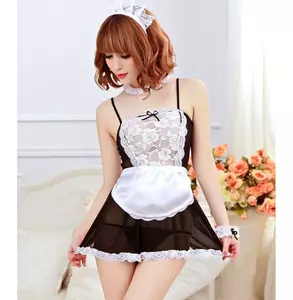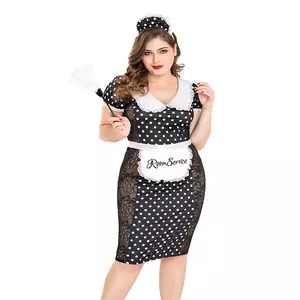The evolution of modern staff uniforms has been influenced by a variety of factors, including changing fashion trends, technological advancements, cultural shifts, and the evolving needs of businesses and organizations. Here’s a broad overview of how staff uniforms have evolved over time:
Early Uniforms:
- Early uniforms were primarily designed for functional purposes, such as distinguishing employees from customers and ensuring safety in specific industries like military, healthcare, and hospitality.
- Uniforms in the 19th and early 20th centuries were often formal and included elements like suits, aprons, and caps. They conveyed a sense of professionalism and authority.
Mid-20th Century:
- In the mid-20th century, uniforms began to reflect a more standardized approach in industries such as aviation, where flight attendants wore stylish uniforms to project an image of luxury and glamour.
- Medical scrubs became more common in healthcare settings, promoting hygiene and easy identification of medical professionals.
Late 20th Century:
- The late 20th century saw a shift towards more relaxed dress codes and a focus on comfort in certain industries. This was influenced by changing societal attitudes and the rise of casual fashion.
- Many industries, including retail and hospitality, adopted casual uniforms to create a more approachable and friendly image.
21st Century:
- The 21st century brought a greater emphasis on branding through uniforms. Companies started to use uniforms as a way to reinforce their brand identity and values.
- Tech companies and startups began embracing more casual and individualized dress codes, often allowing employees to wear clothing that expressed their personal style while still aligning with the company’s image.
- Uniforms in healthcare, hospitality, and other service industries evolved to be more functional, incorporating features such as moisture-wicking fabrics and ergonomic designs.
Current Trends:
- Sustainability has become a significant trend in uniform design, with more companies opting for eco-friendly materials and ethical production practices.
- Customization options are being offered, allowing employees to personalize elements of their uniforms, promoting a sense of ownership and individuality.
- Tech integration has also made its way into uniform design, with features like RFID chips for security, embedded sensors for monitoring health, and smart textiles with temperature-regulating properties.
Future Possibilities:
- As technology continues to advance, we might see uniforms that adapt to environmental conditions, change colors, or incorporate wearable technology for communication and data collection.
- Personalized and 3D-printed uniforms could become more common, allowing for perfect fits and unique designs.
The evolution of modern staff uniforms is driven by a combination of practical considerations, changing societal norms, branding strategies, technological innovations, and the desire to prioritize employee well-being and comfort. As these factors continue to evolve, so too will the design and functionality of staff uniforms.

































